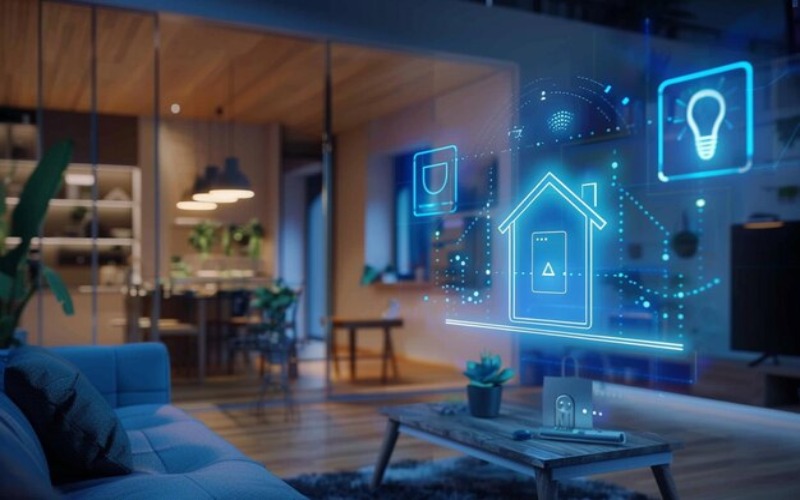The last decade witnessed a dramatic smart home transformation, evolving from a niche market reserved for tech enthusiasts to a mainstream phenomenon that enhances the lives of millions. Smart home technology is about so much more than gadgets. It is the technology that gives us peace of mind and offers solutions to everyday problems.
The introduction of new products and market players, coupled with significantly lower price points, has made smart home technology accessible to a wide range of consumers. According to 2022 Consumer Technology Association research, 85.6 million U.S. households (about 70 percent) own at least one smart device. Whether consumers wish to embark on a DIY journey or seek professional assistance, the barriers to entry have substantially diminished.
What fuels my passion for the smart home space are the transformative effects these products bring to everyday living. The power of simplifying routine tasks and providing peace of mind is undeniable. More importantly, it offers newfound freedoms to seniors and individuals with physical limitations. Remote controls, voice commands, and automation have become essential tools for enhancing independence.
For those who may struggle to turn on lights, play music, watch TV, or adjust the thermostat, smart home-associated assistive and adaptive technology has become a source of empowerment. The smart home industry is not just about technology; it’s about accessibility.
At the heart of this transformative journey is the concept of seamless integration where devices are “better together.” Smart devices are no longer siloed entities but work together to empower the consumer and enhance the overall home experience. This integration is key to optimizing user experiences and energy efficiency. Reinforcing this is the fact that 86 percent of millennials would pay more for a connected home.
The heating, ventilation, and air conditioning space stands as a prime example of this integration at work to improve energy efficiency. Many smart home devices can learn individual usage patterns, recognizing your presence and preferences. These products can adjust automatically to ensure optimal energy usage while keeping you comfortable. The smart home is not just about convenience, but about being environmentally responsible and cost-effective.
What is even more intriguing is the glimpse into the future of the smart home industry. In a few years, we will witness experiences that are even more hyper-tailored to each user, creating a bespoke environment based on preferred light levels, temperature, music selections, daily routines, and more. Personalization will reach new heights, making our homes even more intuitive and attuned to our needs.
Smart home products are no longer viewed as superfluous luxuries but as essential components of modern living. The narrative has shifted from skepticism to enthusiasm, with these products topping many holiday wish lists, with many install options from DIY to professional installer.
In fact, data from CTA’s Annual Consumer Technology Holiday Purchase Patterns study shows products feature year-over-year gains in gifting intent. More than 175 million U.S. adults (68%) plan to purchase a smart home product as a gift this holiday season, with smart speakers (with or without a display) topping the list, as in recent years. General home modernization technologies (including smart doorbells, light bulbs, home security cameras, and home robotic vacuums) also feature prominently in gift purchase plans across the category.
Despite being viewed by some with skepticism in its earliest years, advancements in smart home technology and interoperability have brought about a revolution that benefits everyone. The smart home is no longer just a concept; it’s a reality that enhances our daily lives, empowers individuals, and contributes to a more sustainable future. With every new device and integration, we take another step toward a brighter, smarter, and more inclusive future for all.











